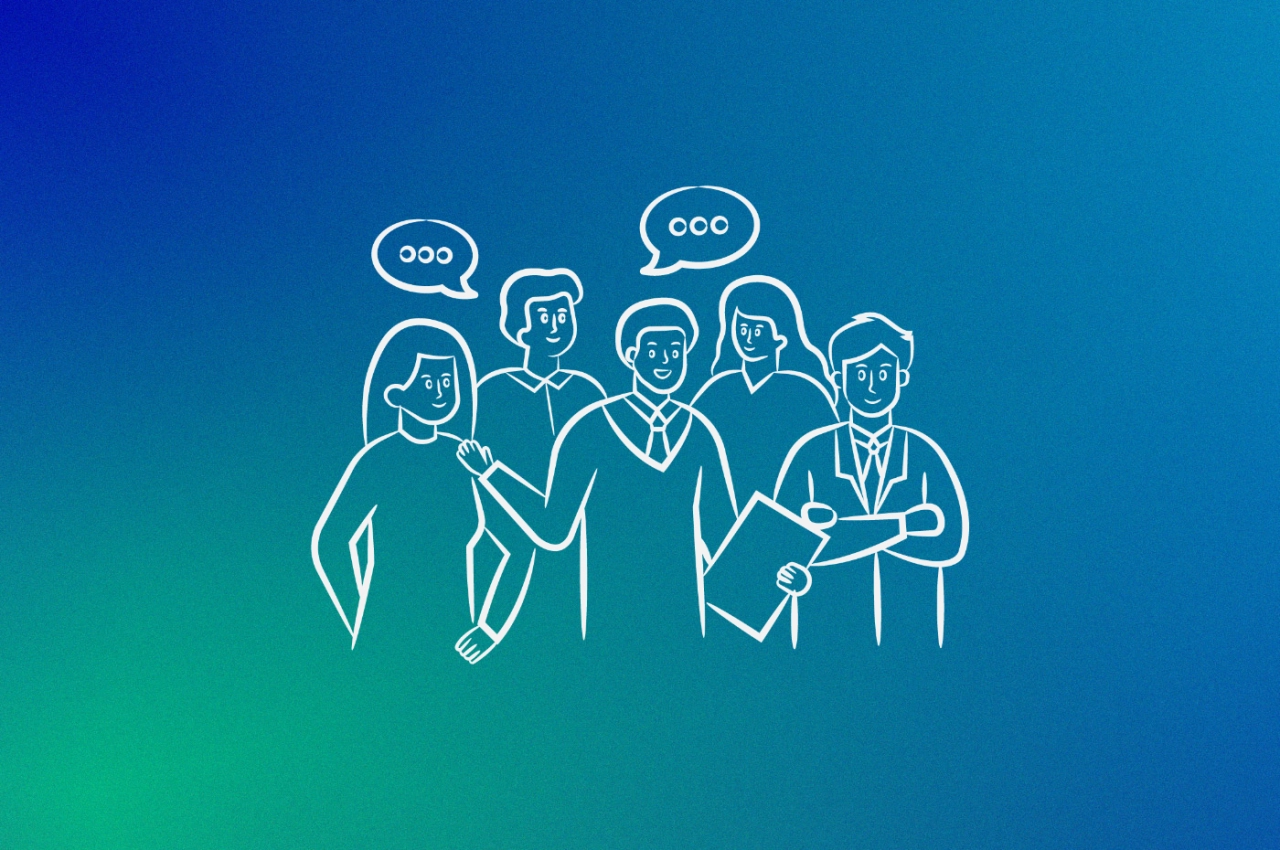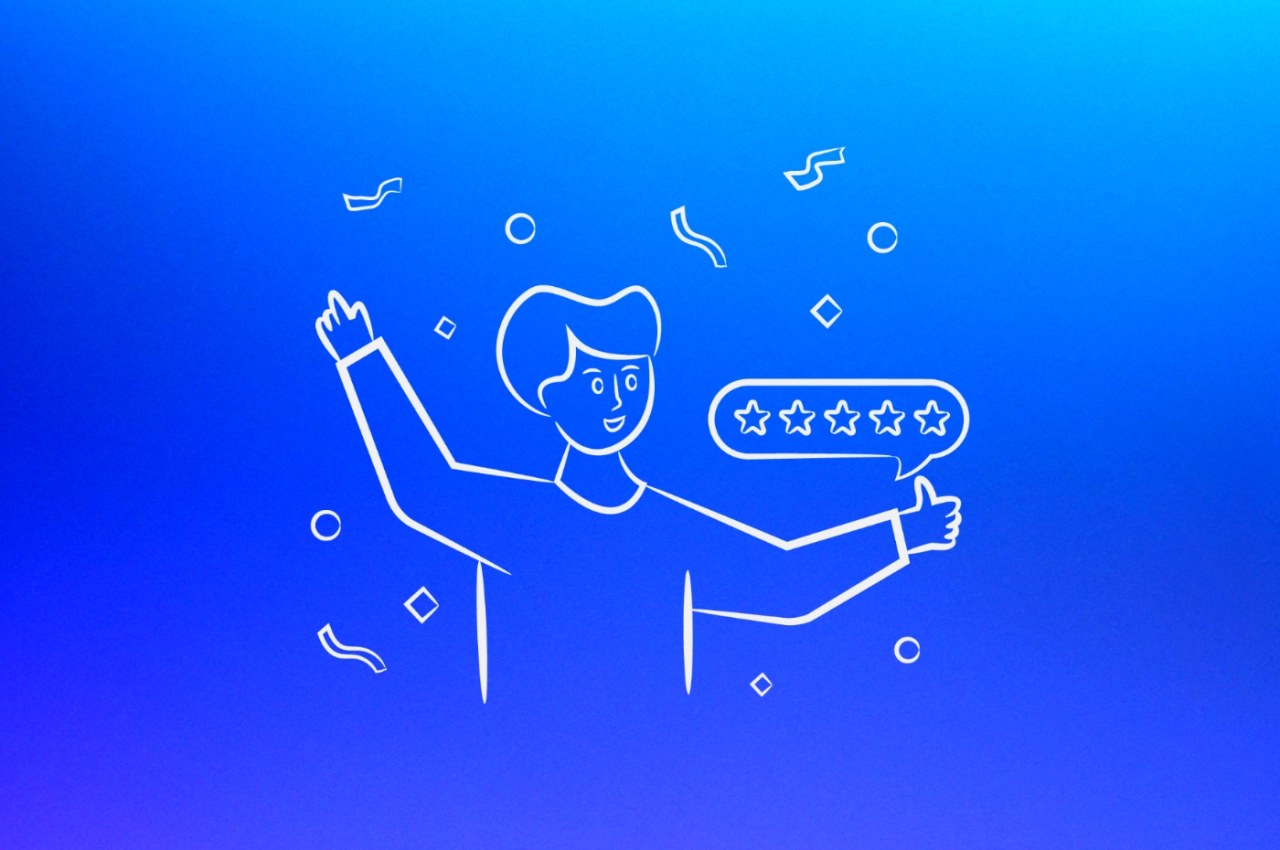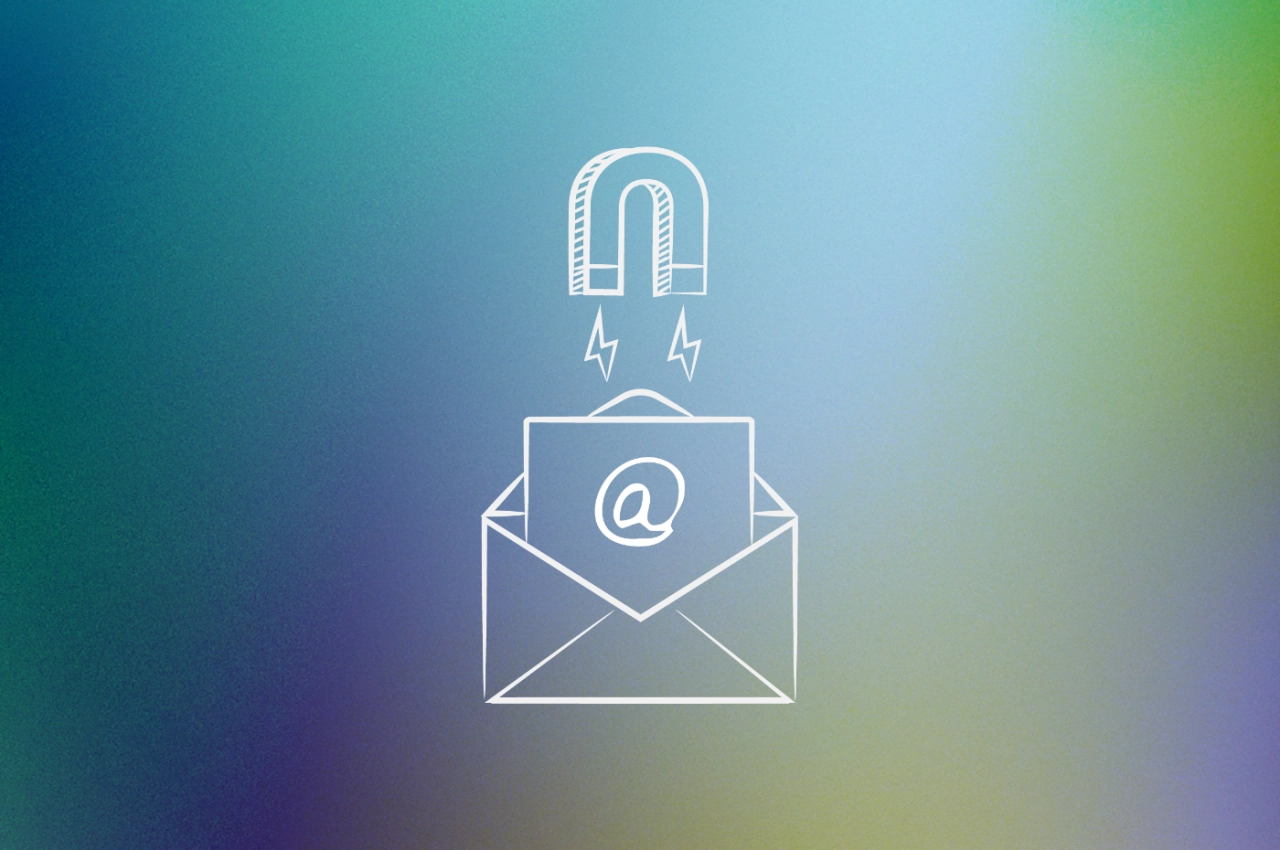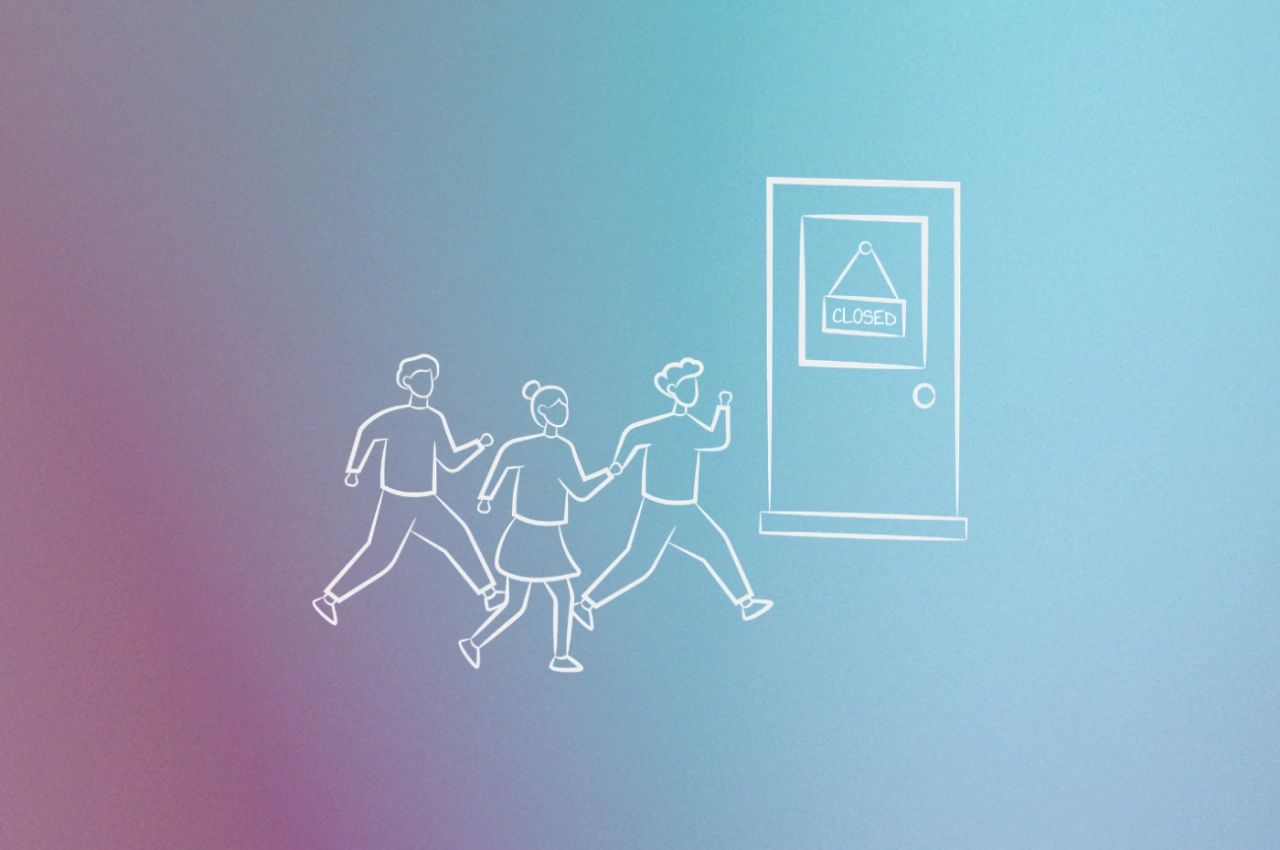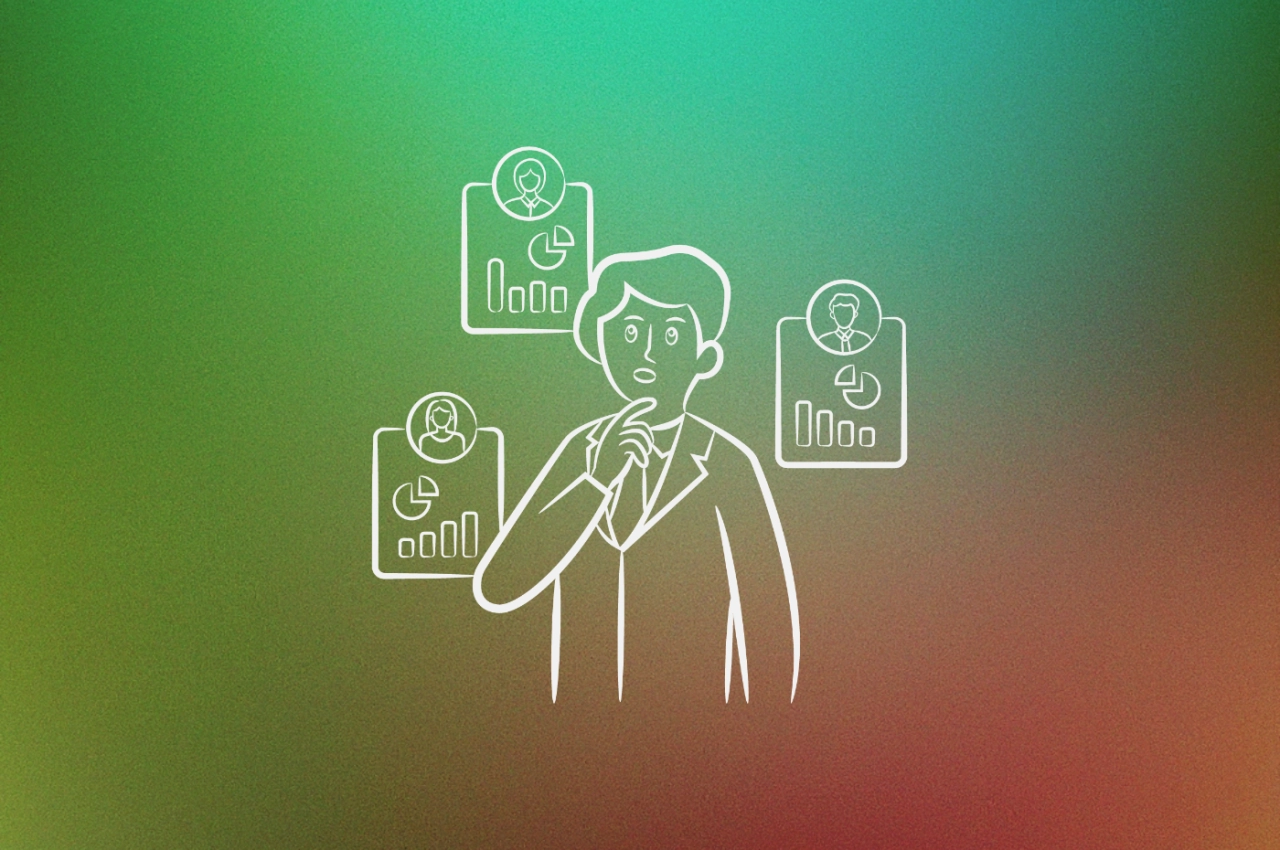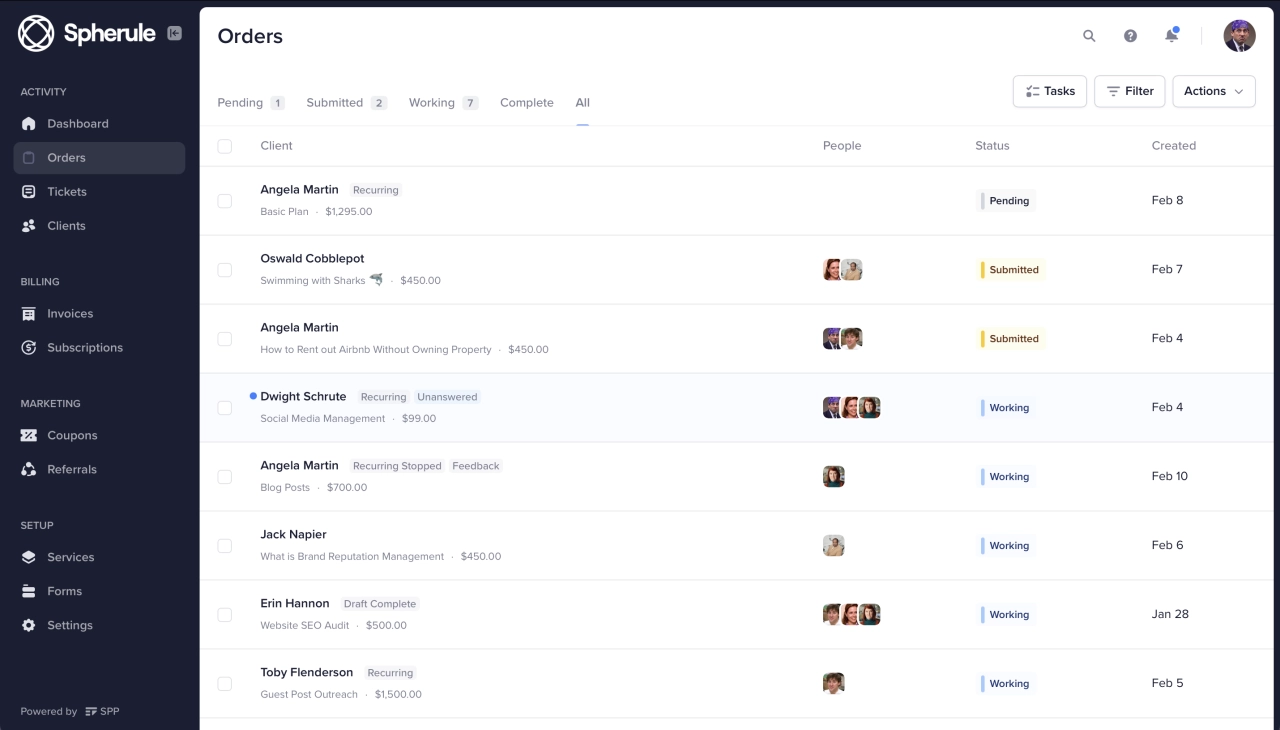- Response time improvements using integrated communication systems directly prevent the communication breakdowns that cause client departures.
- Revenue per client increases through proactive relationship optimization and upselling at optimal satisfaction moments.
- Complete elimination of missed follow-ups and scattered client information through consolidated relationship management platforms designed for agency operations.
How often have you lost a valuable client not because your work was poor, but because you slept on good customer relationship management? You’re facing an industry-wide challenge—client acquisition remains the top struggle for marketing agencies, even as 66% report revenue growth (AgencyAnalytics 2024 Report).
The problem isn’t your service quality, but the simple fact that most agencies treat client relationships as an afterthought rather than a systematic business process. Here’s the exact framework used to manage customer relationships, boost retention, and scale without burning out their teams.
What industry data reveals about agency retention
Don’t just take my word for it—having conducted dozens of agency case studies and led 200+ product demos annually, I’ve seen these patterns consistently. Agency consultant Karl Sakas, who’s worked with 600+ agencies across 36 countries, puts it bluntly:
If you’re not strategically focused on client retention, you’re going to have an avoidable client turnover problem. Remember, the choices you make today impact what happens a month and a year and five years from now.
 Karl Sakas,
Sakas & Company
Karl Sakas,
Sakas & Company
The data supports this strategic focus. According to the AgencyAnalytics 2024 Agency Benchmark Report, communication and transparency are credited as the top retention strategies by 46% of agency leaders. Yet client acquisition—not retention—remains their biggest challenge. This reveals the opportunity: systematic relationship management can transform your biggest weakness into your greatest strength.
Let’s look at how to build that strategic focus into your daily operations.
The hidden cost of poor CRM
Most agency owners focus on acquiring new clients while bleeding existing ones through preventable relationship failures. This is backwards thinking: while client acquisition remains agencies’ top challenge (AgencyAnalytics 2024 Report), most agencies maintain rosters of just 11–20 clients in their growth phase. When you dig into the numbers, the financial impact becomes staggering.
The real cost of relationship chaos:
Client acquisition costs 5–25× more than retention efforts, according to The Value of Keeping the Right Customers
A 5% increase in retention can boost profits by 25–95% (Frederick Reichheld, Bain & Company research cited in HBR, 2014)
Most agencies have 1–5 employees (53.4%) with many managing 11-20 clients (23.1%), creating overwhelming relationship management burden
36% of agencies have increased prices due to inflation, making retention even more critical
Here’s what makes this situation even more painful: the massive gap between perception and reality. Agencies think budget cuts cause most client departures, but the reality is different.
What actually causes client churn (client perspective):
Dissatisfaction with value delivered
Lack of strategic approach
Leadership changes at agency
Agency misunderstanding of client business
Poor project delivery
Communication breakdowns
Delivery timeline issues
Budget cuts (what agencies think is #1)
Nick Meagher, Founder of Icepick SEO, confirms this pattern:
I think agencies tend to over-promise and under deliver. So I think it’s really important to set realistic expectations up front.
 Nick Meagher,
Icepick
Nick Meagher,
Icepick
Common relationship management problems agencies face:
no standardized onboarding process beyond email exchanges
account managers juggling 15+ clients each with zero systematic follow-up
communication scattered across emails, Slack, phone calls, and meetings
client status updates sent “when someone remembers”
no early warning system for identifying at-risk accounts
The result? High churn rates and constant firefighting mode. Many agencies spend the majority of their business development time replacing lost clients instead of growing the business.
The turning point is implementing systematic relationship management through dedicated agency CRM platforms. The advantages include improvements in retention rates, response times, client satisfaction scores, and revenue from repeat clients versus new acquisition.
With that said, relationship management requires systems, processes, and the right platform to execute consistently across dozens of client accounts simultaneously.
Start here: 3 actions for busy agencies
If you’re a small agency drowning in client work, you don’t need complex frameworks. You need 3 simple habits that prevent client departures.
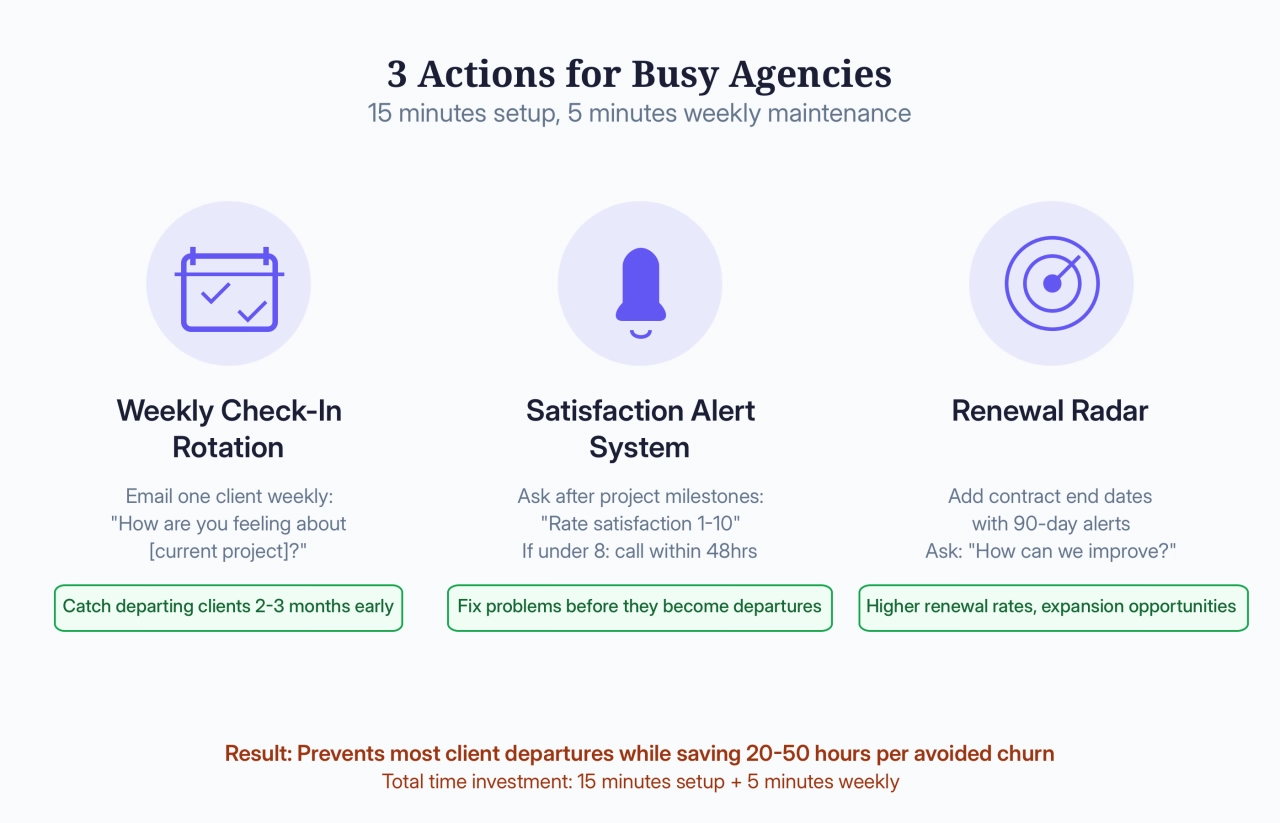
The minimum viable approach
Action 1: weekly check-in rotation
Every Friday, email one client: “How are you feeling about [current project]? Anything we should adjust?”
Rotate through your list, hitting everyone monthly
Payoff: Catch departing clients 2-3 months early
Action 2: satisfaction alert system
Set phone reminders for day after project milestones
Ask: “On a scale of 1-10, how satisfied are you?”
If under 8, schedule call within 48 hours
Payoff: Fix problems before they become departures
Action 3: renewal radar
Add contract end dates to calendar with 90-day alerts
When alert fires, ask: “How can we improve for next contract?”
Payoff: Higher renewal rates, expansion opportunities
Results: Prevents most client departures while saving 20-50 hours of replacement work per avoided churn.
Reading guide
If this is enough: Skip to FAQ section
Want more structure: Read only stage 1 and stage 3 below
Ready to scale systematically: Continue with full advanced framework
Advanced framework: 5 stages for systematic management
Who this is for: Agencies with 6+ employees, 15+ clients, or dedicated relationship resources
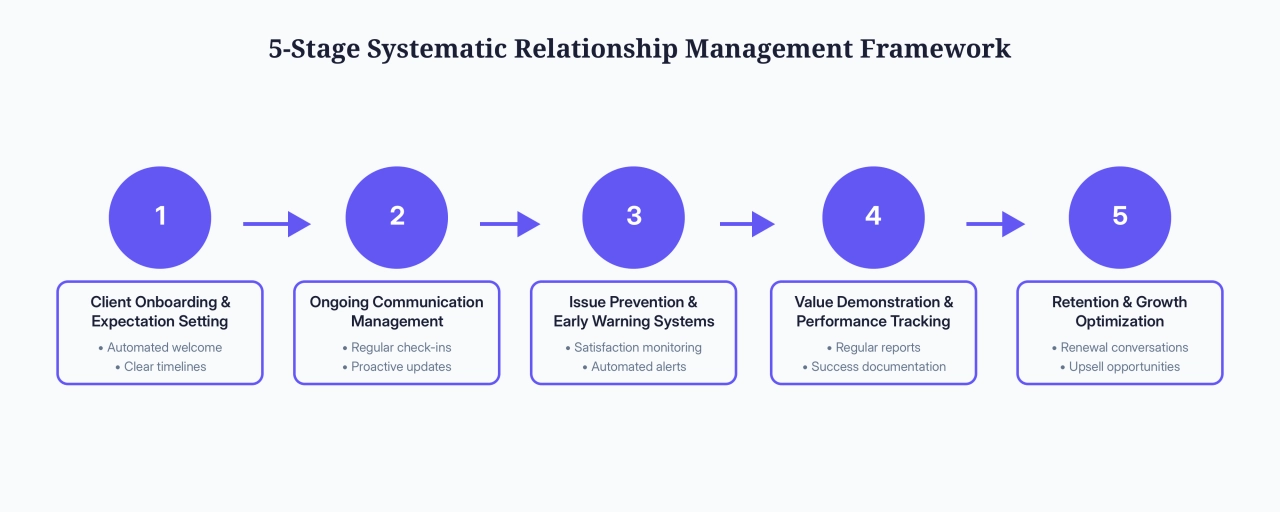
Stage 1: client onboarding & expectation setting
Automated welcome sequences explaining your process
Clear project timelines with milestone visibility
Communication protocols with response time commitments
Immediate portal access for 24/7 transparency
This becomes critical when over half of marketing agency clients sign up for 3+ services (AgencyAnalytics 2024 Report), making organized onboarding essential to prevent chaos.
Nick from Icepick SEO demonstrates thorough vetting:
We’ll do a discovery call first to see what they’re needing just to make sure that we’re actually a good fit… we do a pretty extensive discovery call just to make sure that we can actually help them.
 Nick Meagher,
Icepick
Nick Meagher,
Icepick
Stage 2: ongoing communication management
Regular check-ins scheduled by client tier and project type
Proactive status updates sent before clients ask
Issue escalation triggers when response times lag
Centralized communication accessible to entire team
Victoria’s approach:
All of our clients have a dedicated customer success manager. They never have to submit a ticket and have a face with a person they don’t know respond to them.
 Victoria Lee,
100 Pound Social
Victoria Lee,
100 Pound Social
Tool selection made simple:
Start with: Phone calendar + email templates (free)
When you hit 10 clients: Add basic CRM (HubSpot free tier)
When you hit 20 clients: Consider automated workflows (Zapier + forms)
Skip everything else until you have dedicated relationship management resources
Stage 3: issue prevention & early warning systems
Satisfaction monitoring at project milestones (target: 8+/10)
Response time tracking against commitments
Engagement pattern analysis in calls and reviews
Automated alerts when relationship health drops
Stage 4: value demonstration & performance tracking
Regular performance reports showing ROI and business impact
Achievement celebrations at milestone completions
Success story documentation for case studies and referrals
Proactive communication about wins and improvements
Clear reporting is critical: 74% of agency leaders report that clients most value clear data visualization in their reports (AgencyAnalytics 2024 Report).
Nick exemplifies transparency:
I am transparent almost to a fault… we try to educate clients on exactly what we’re doing and why. SEO happens to be […] this big black box that nobody really understands… So we try to break that barrier by educating the people that we’re working with.
 Nick Meagher,
Icepick
Nick Meagher,
Icepick
Stage 5: retention & growth optimization
Renewal conversations triggered 90 days before contract end
Upsell opportunities identified through satisfaction peaks
Referral requests timed to high satisfaction moments
Strategic planning sessions to align on future goals
Victoria demonstrates this:
We’ve become more proactive at asking our customers what they need that at the moment we are not able potentially to provide for them.
 Victoria Lee,
100 Pound Social
Victoria Lee,
100 Pound Social
Advanced implementation timeline (30 days)
Note: This timeline is for agencies implementing the full 5-stage framework above. If you’re using the minimum viable approach, you can implement those 3 actions in one afternoon and see results within weeks.
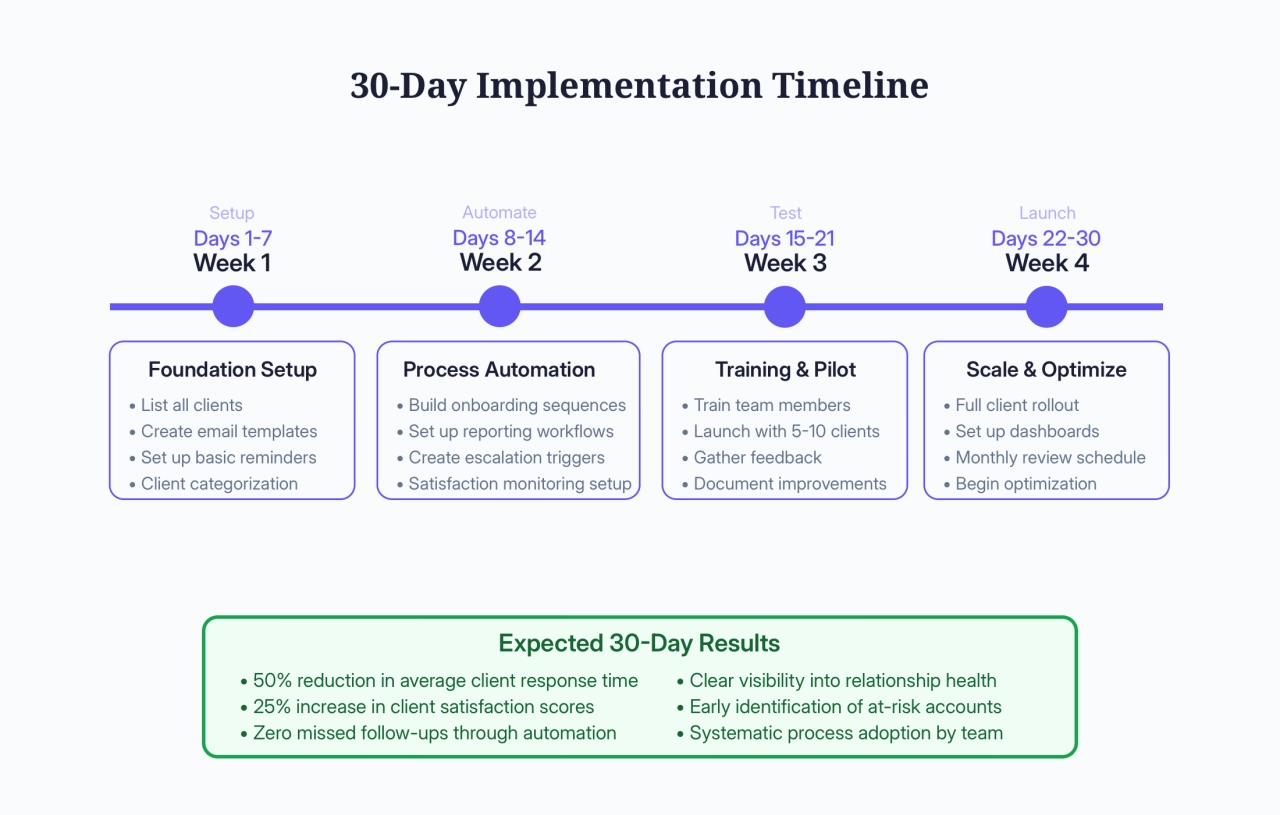
Building systematic relationship management doesn’t require months of preparation. Here’s your week-by-week implementation guide for the comprehensive framework.
Week 1: foundation setup (days 1–7)
Simplified approach for small agencies (1-5 people)
Day 1–2: List all clients with last contact date (simple spreadsheet)
Day 3–4: Create ONE standard email template for check-ins
Day 5–7: Set up basic calendar reminders for your top 5 clients
Full approach for larger agencies (6+ people)
import existing client information into your relationship management system
set up client categorization (active, at-risk, growth opportunities)
create communication preference profiles for each account based on their stated preferences
design onboarding sequence templates for different service types
Note: Small agencies focus on manual processes first. Automation comes later when you have bandwidth.
Week 2: process automation (days 8–14)
Core workflow creation
build client onboarding automation sequences with milestone triggers
set up project status reporting workflows that update clients automatically
create escalation triggers for delayed responses or missed deadlines
configure satisfaction monitoring at key project milestones
Expected impact: 6–8 hours per week saved on manual follow-ups, with 50% reduction in missed communications and forgotten check-ins.
Week 3: team training & pilot launch (days 15–21)
Team integration and testing
train team members on new relationship management processes
launch with 5–10 pilot clients to test workflows and gather feedback
monitor initial client and team feedback, adjusting systems accordingly
document process improvements and lessons learned for full rollout
Week 4: scale & optimize (Days 22–30)
Full implementation across client base
roll out systematic relationship management to entire client portfolio
set up performance tracking and relationship health reporting dashboards
schedule first monthly review of relationship metrics and early warning indicators
begin optimization based on initial results and satisfaction trends
Expected 30-day results
50% reduction in average client response time
25% increase in client satisfaction scores across your portfolio
zero missed follow-ups or forgotten check-ins through automation
clear visibility into relationship health across your entire client base
identification of at-risk accounts before problems become departures
Measuring success: key benchmarks
Current agency landscape (AgencyAnalytics 2024 Report)
Client retention: 2-5 years average
Revenue growth: 66% achieved increases
Win rate: 37.8% win 31-50% of sales pitches
Your excellence targets
Client lifetime: 5+ years (double industry average)
Revenue growth: 30%+ annually through retention and expansion
Retention rate: 95%+ (significantly above industry norm)
Referral rate: 40%+ new business from existing clients
Real-world success example: Nick from Icepick SEO demonstrates long-term relationship value: “My biggest win was definitely landing my first major client… they’re actually still with us today, 10 years later. So that relationship really taught me that building genuine partnerships rather than just treating things as transactions is super important.”
Frequently asked questions
How long does it take to see results?
Most agencies see improvements within 30–60 days. Response time improvements happen immediately, while retention changes become visible within 3–6 months. Small agencies: Even basic check-ins show results within 2–3 weeks.
What’s the ROI of relationship management systems?
Since client acquisition costs 5–25× more than retention (Harvard Business Review, 2014), most agencies see 300–500% ROI within the first year through reduced churn and increased expansion revenue. Small agencies often see ROI from avoiding just one client departure.
What usually goes wrong with implementation?
Most common failures: Team forgets new processes after 2–3 weeks. Prevention: Set weekly team reminder “Did we do client check-ins?” for first month until it becomes habit. Red flag: If you miss check-ins 2 weeks in a row, simplify the system further.
What if I’m too busy for systematic approaches?
Start with the 3-action approach at the top of this post: 15 minutes setup, 5 minutes weekly maintenance. This prevents most client departures without adding complexity. Advanced systematic approaches are for when you have dedicated resources or 15+ clients.
How do these benchmarks compare to industry standards?
According to the AgencyAnalytics 2024 Agency Benchmark Report, the typical agency retains clients for 2–5 years with communication and transparency as the top retention strategies (46% of leaders). However, client acquisition remains the top challenge despite 66% reporting revenue growth. This indicates most agencies haven’t systematized relationship management, creating a significant competitive opportunity for those who do.
What tools should I actually use for relationship management?
Start simple: spreadsheet + calendar reminders (free, works for 1-10 clients). At 10+ clients, add basic CRM like HubSpot free tier. At 20+ clients with multiple services, consider integrated agency platforms like Service Provider Pro that combine client portals, project management, and automated communication.
Industry benchmark context
Understanding where your agency stands relative to industry benchmarks helps set realistic goals and identify opportunities.
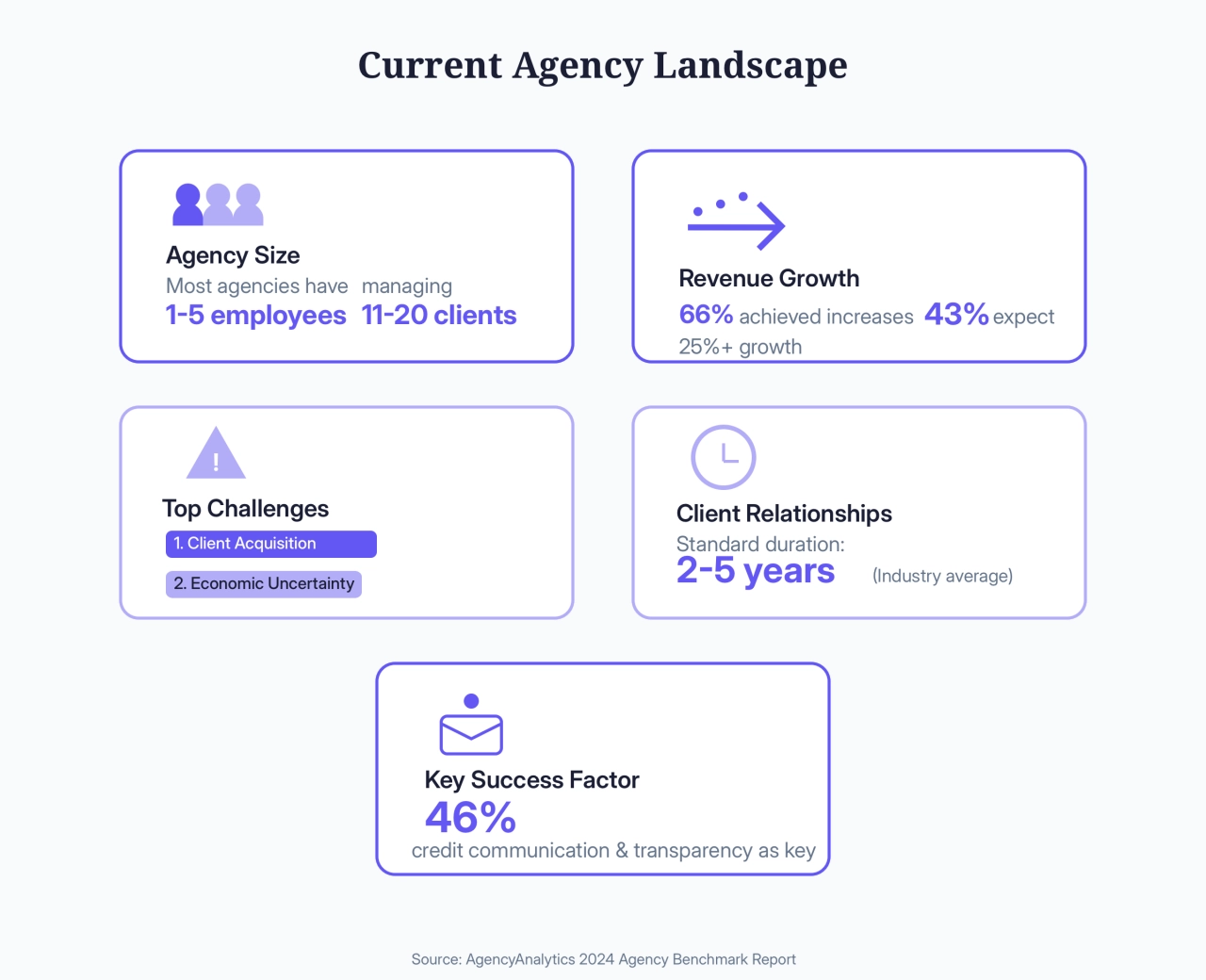
Your competitive advantage: Systematic relationship management directly addresses the industry’s top challenge (client acquisition) by solving the retention foundation first. When you can retain clients 5+ years instead of 2-5, and generate 40%+ of new business through referrals, you transform your growth engine from acquisition-dependent to relationship-powered.
Closing thoughts
I’ve given you a clear path from reactive firefighting to proactive relationship management. Whether you implement the simple 3-action approach or the comprehensive framework, agencies that are strategic about relationships significantly outperform those that aren’t.
If you’re a small agency drowning in client work, the 3-action approach delivers 80% of the benefits with 10% of the effort. You don’t need comprehensive systems to prevent most client departures.
For growing agencies ready to scale, systematic relationship management transforms your biggest challenge (client acquisition) into your greatest strength. When you can retain clients 5+ years instead of 2-5, and generate 40%+ of new business through referrals, you transform from acquisition-dependent to relationship-powered growth.
Professional disclaimer: This content provides general business guidance based on industry research and should not be considered personalized business consulting. Results may vary based on agency size, market conditions, and implementation quality. Individual circumstances require tailored approaches—consult qualified business advisors for specific situations.
